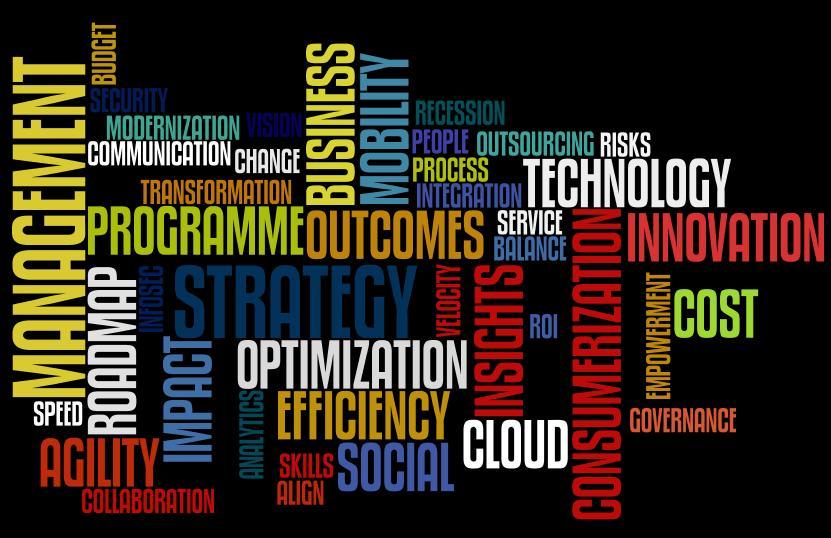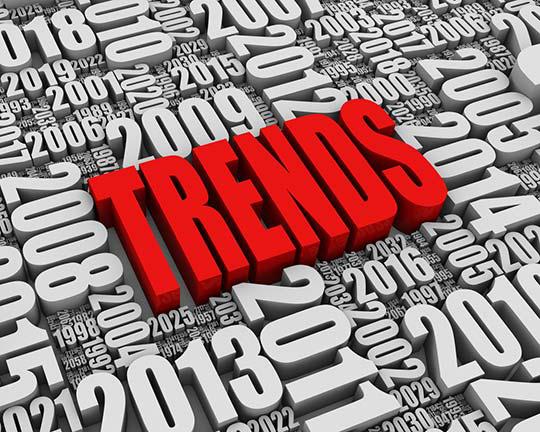The ever-increasing expectations of customers and the ever shorter innovation cycles have a fundamental reorientation of the IT landscape and the underlying unavoidable control mechanisms. The biggest mover among the technology trends in 2016 compared to previous years is the Design Thinking.
More and more companies use design thinking to target better their products and services to customers. IT budgets are an absolute top priority of CIOs. In 2016, however, the design thinking form the basis of many transformation projects that need to be orchestrated by CIOs.
Business Intelligence and analytics have long been one of the CIOs top priorities, and although new investments press on, it will also in 2016 be number one on the list. In Gartner survey of 2,944 CIOs from 84 different countries, CIOs responded that BI/analytics will be the first place for investment with 50 percent of CIOs had this area in the top three of their investment priorities.
Here are CIOs priorities for investment in 2016, according to Gartner:
- BI/analytics (39 percent)
- Infrastructure and data center (27 percent)
- Cloud (25 percent)
- ERP (21 percent)
- Digitization and digital marketing (21 percent)
- Mobile solutions (20 percent)
- Security (15 percent)
- Network, voice and data communications (10 percent)
- Legacy modernization (10 percent)
- Industry-specific applications (9 percent)
- CRM (9 percent)
While the mobile solutions and CRM are a lower priority of CIOs in 2016 than in previous years, there are also areas that they now prioritize higher than in the past.
Biggest Challenges
When CIOs asked what their biggest challenges at the moment, the answer is that the lack of the right people and squeezed budgets. Nearly 59 percent of CIOs think we have a decided talent crisis, however, only 17 percent of respondents who actually believes that the lack of the right skills prevents them from reaching their goals.
The survey also shows that more and more CIOs are beginning to work with so-called bimodal IT where one splitter IT organization into two departments. It is done to be better able to work at different speeds and cope with both the traditional operation and the more agile and innovative IT projects.
Cloud Instead of Outsourcing
Traditional outsourcing contracts that promise guaranteed cost savings of 10 to 15 percent per year over a period of 5 to 10 years have become the significant exception. The demand for flexible cloud solutions, which are now also increasingly provided locally and which make it possible to respond to short-term changes in demand through appropriate consumption adjustment.
In the medium term, all new IT initiatives on new technologies such as cloud services, big data and analytics, mobile computing and social media will take priority. In the long term, budgets are increasingly spent on new things that were not feasible on the ancient architectures and technologies. New digital products and services will be in focus. A new information framework will be required to support the product development, delivery, quality, and growth.
By 2018, at least, half of IT spending will be channeled into cloud-based solutions. Without cloud services nothing will go in the future, because cloud forms both the basis for new digital products and services. To meet these challenges, CIOs should rethink their management model. In reality, hybrid cloud landscapes will be implemented that can be used to integrate and management for IT organizations.

